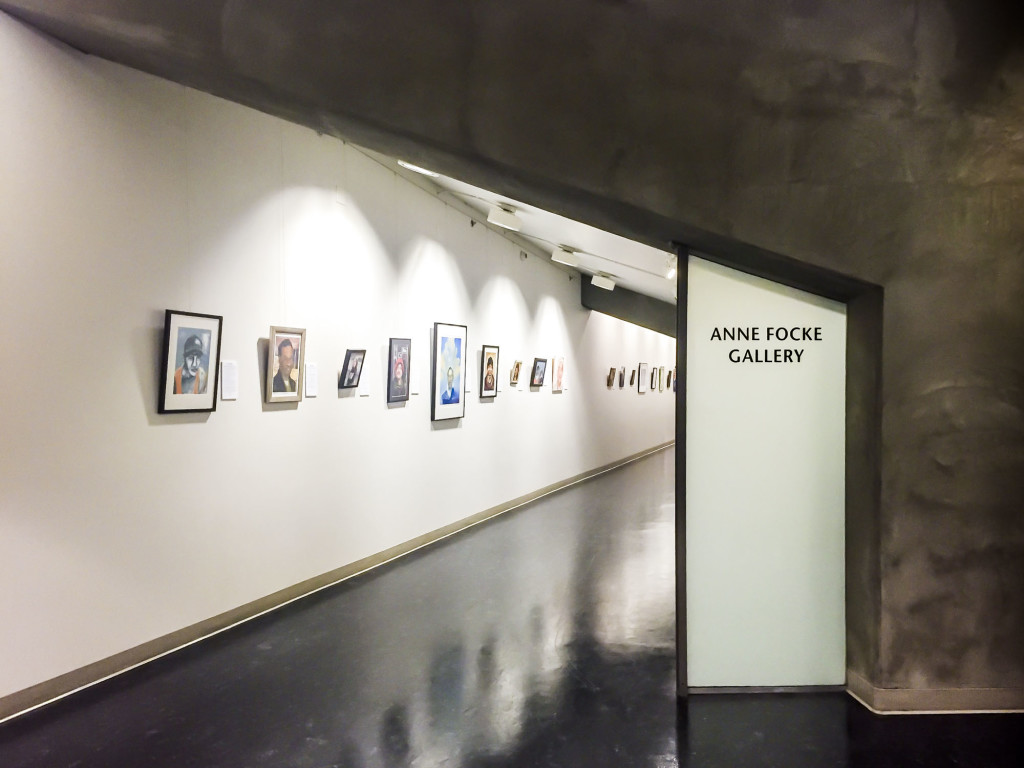Over 300 vendors, most of whom are homeless, sell Real Change—a newspaper focused on homeless populations and issues. Those vendors are given the chance to gain experience in sales training, computer skills, service referral and many other opportunities. Seattle City Hall opened its doors to the public last week to help welcome the “Real Change Portrait Project,” an exhibition featuring portraits of vendors who sell Seattle’s Real Change newspaper.
For over 22 years, Real Change has become a platform for homeless voices, giving them opportunity and economic justice. In efforts to create a community where race and class aren’t the deciding factors in determining the worth of an individual, Real Change has pushed back against the marginalization of the homeless community. Real Change has received national recognition for its weekly newspaper and its exhibit comes at a time when the city is struggling with a homelessness crisis. According to Deborah Paine, the curator and collections manager at Seattle City Hall, homelessness was a significant issue for the city a year ago when the project’s selection process began.
In 2015, Seattle announced a state of emergency on homelessness. In a report released by the City of Seattle, the region currently cannot provide sufficient shelter for the homeless, given that the number of homeless individuals outnumbers the capacity of these shelters. This leaves many citizens on the street, many of whom are seniors, families and youths.
“It was timely. We choose the artwork that goes into the exhibit a year in advance and it is because of the homeless situation that it was chosen a year ago,” Paine said. “The body portraits were done by a number of different artists. The artists applied for the showing at city hall over a year ago, and it’s now the time that their art was scheduled to show.”
The “Real Change Portrait Project” began over four years ago and was designed with the intent to recruit artists and vendors to publicize and sell the paper. Paine noted that the exhibit was a traveling one and it just so happened that this was the year that the exhibit decided to make its mark in Seattle City Hall.
Seattle University students have taken a stance on this issue, drawing connections between tthe exhibition and the homelesness crisis. Madeline Musa, a sophomore strategic communications major with a minor in business, saw the exhibit as a way to connect with people in a non-political approach.
“I think it’s cool, because it’s drawing attention to the homeless issue in a positive way. It’s raising awareness in a non-political and non-negative manner, making it more of a human interest issue,” Musa said.“ It draws attention to the homeless issue and shows people that even those who are homeless are human and don’t necessarily always need help. “Musa’s belief that the exhibit is a way to create different, more positive understandings of homelessness is shared by other Seattle U students.
“I think it is trying to help bring a new identity to the homeless population, giving them a new sense of identity in the public eye,” said sophomore nursing major Lainee Shaughnessy, “They are individuals who are dehumanized and stigmatized. People overlook them and their potential. The way that society portrays them is detrimental. We put them in this light and it’s hard to seem other than in that light.”
Musa and Shaughnessy doubt that the Real Change exhibit will have long term effects.
“It may do something now, but if they want a long lasting effect, they need to create something that will have an even bigger impact,” Shaughnessy said.
The “Real Change Portrait Project” will be featured in Seattle City Hall until May 2 and is open to the general public free of charge. Whether the exhibit will or will not have a long lasting impact is something only time can tell.
Shelby may be reached at sbarnes@su-spectator.com








